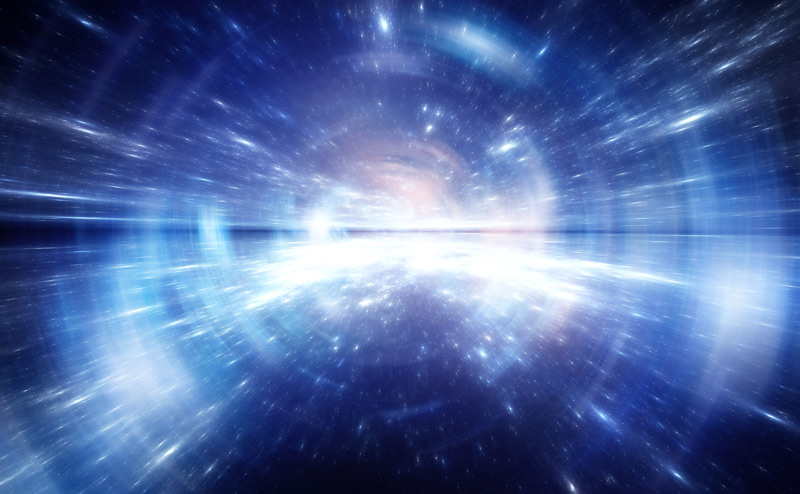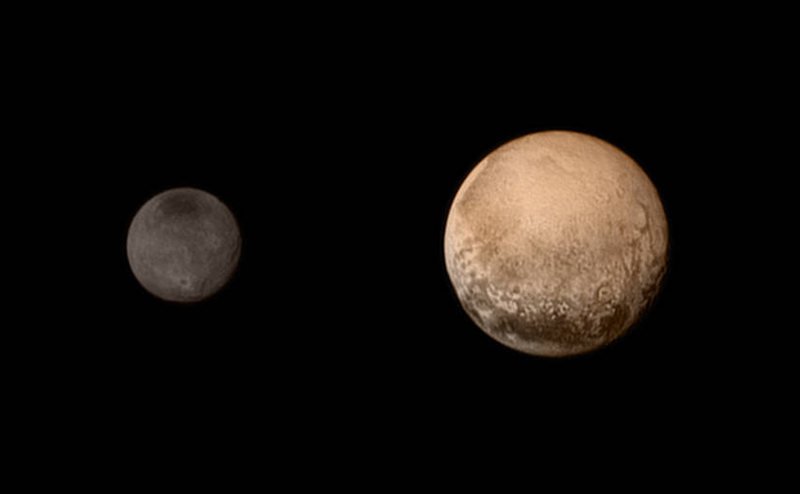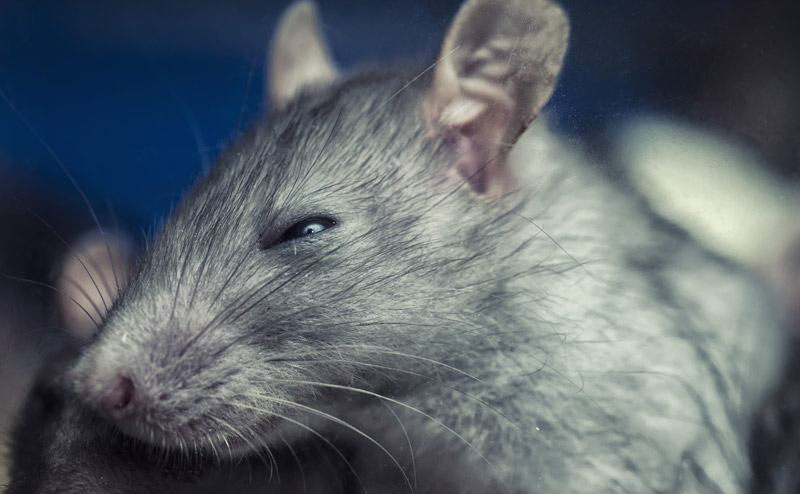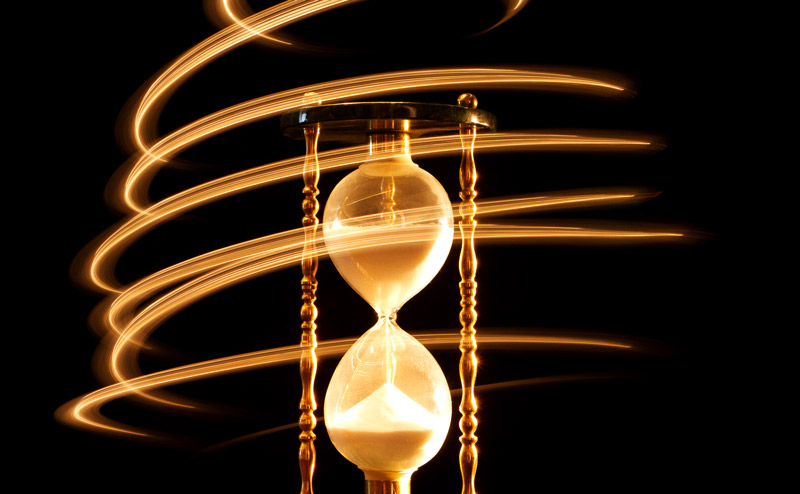Articles

You may think the Universe began with a big bang, but really, as World Science Festival co-founder and Columbia University physicist Brian Greene points out, the Big Bang explains how the Universe evolved. A small difference but an important one. Scientists just don’t know what propelled that primordial push that launched the universe on its expansionary path.
Read MoreFirst up, the closest view yet of Pluto’s biggest moon, Charon. The scientific team was surprised by the relatively smooth surface of the moon—they were expecting many more craters to dot its surface. Charon’s sleek exterior suggests that it has been recently geologically active. The dark region up top (which the crew has informally dubbed “Mordor”) shows several bright spots, suggesting that it is perhaps a region coated with a thin layer of some dark material. And on the upper right-hand side of Charon, that long notch is actually a canyon 4 to 6 miles deep.
Read MoreSeven days, lots of science in the news. Here’s our roundup of some of the week’s most notable and quotable items: New Horizons neared its historic rendezvous with Pluto (after overcoming a slight technical glitch) and is already sending images of never-before-seen features on the dwarf planet. (Stay tuned for next week’s scheduled flyby.) The mathematics that describe the pattern of folds in your brain also describe the crumpling of paper. Newly discovered Triceratops cousin Wendiceratops is helping scientists answer the question of why these dinosaurs evolved their distinctive horned and frilled faces. Researchers found five supermassive black holes shrouded behind blankets of gas and dust, leading scientists to think there could be potentially millions of these hidden black holes lurking throughout the universe.
Read MoreHow often have you “slept on” a problem and found that the right answer was easily reached afterwards? More and more research is suggesting that sleep is essential not just to recharge our energy, but to help process the day’s events and plan for the future. While scientists often use human subjects in sleep studies, the work that taps directly into brain activity is more often done with rats. But how do you listen in on brain activity in the first place? In this clip from the 2015 World Science Festival program “What is Sleep?” neuroscientist Matthew Wilson explains how it works.
Read MoreSeven days, lots of science in the news. Here’s our roundup of some of the week’s most notable and quotable items: Researchers unlocked the genetic secrets behind the sweet scent of roses. The New Horizons spacecraft drew ever closer to Pluto, beaming back color images showing enigmatic dark spots 300 miles across along the planet’s equator. In the Amazon, many birds follow roving bands of noisy monkeys around; the primate parade flushes out tasty insects and also scares away predators. New memories, a new study suggests, can be linked to individual neurons in the brain.
Read MoreSummer is going to stretch on a little bit longer this year thanks to the addition of a leap second. But it’ll be a fleeting add-on. On June 30, 2015, clocks will move from 11:59:59 p.m. to 11:59:60 before continuing normally into midnight on July 1. Why? “Earth’s rotation is gradually slowing down a bit, so leap seconds are a way to account for that,” NASA scientist Daniel MacMillan said in a statement. Adding this leap second will bring the time standard set by precise measurements of Earth’s rotation (UT1) more into line with the time standard set by atomic clocks (UTC). If the two time standards aren’t coordinated, the gap between the two could widen over years until an atomic clock is reading 6 p.m. when the sun is directly overhead.
Read More














